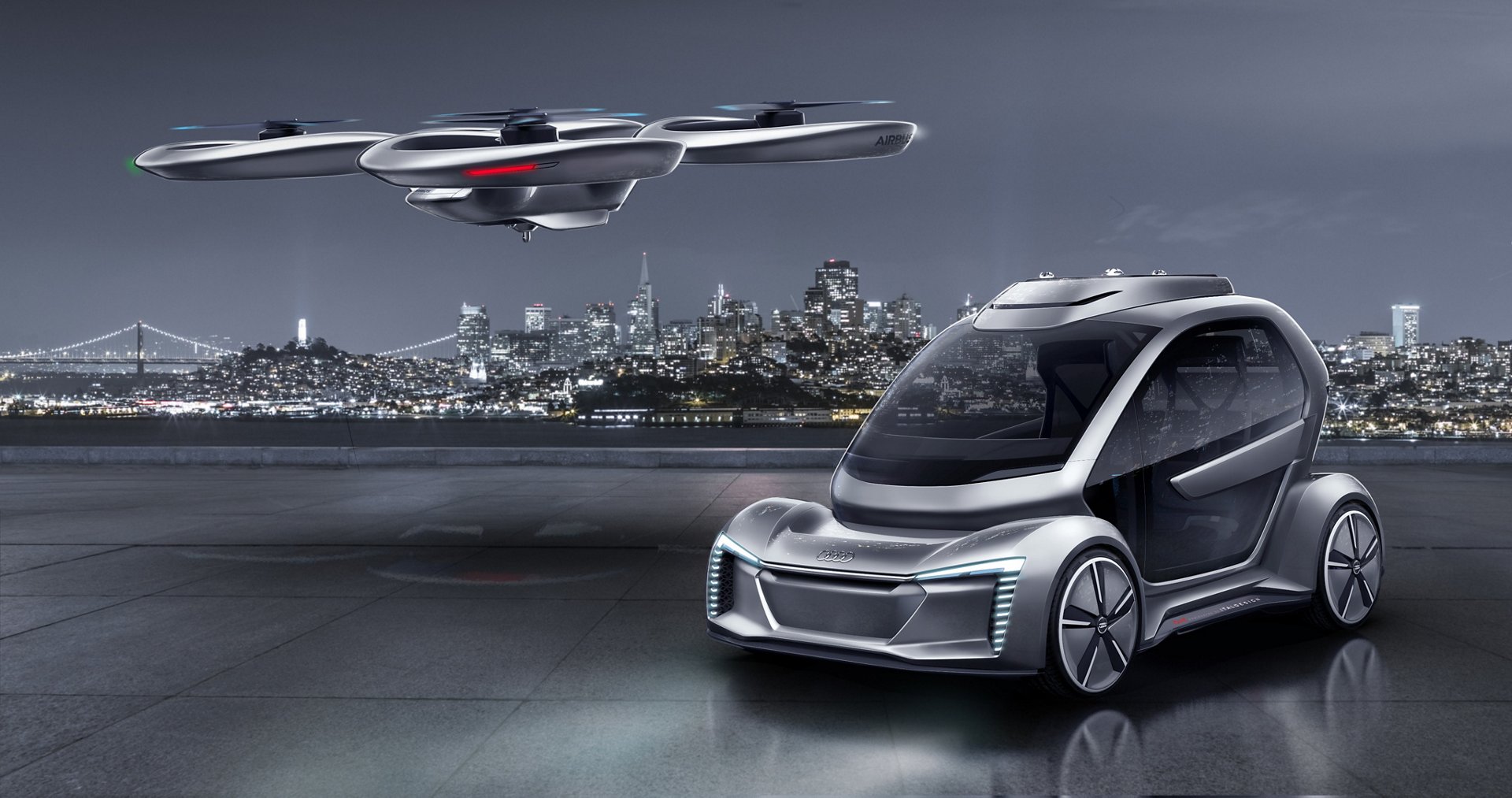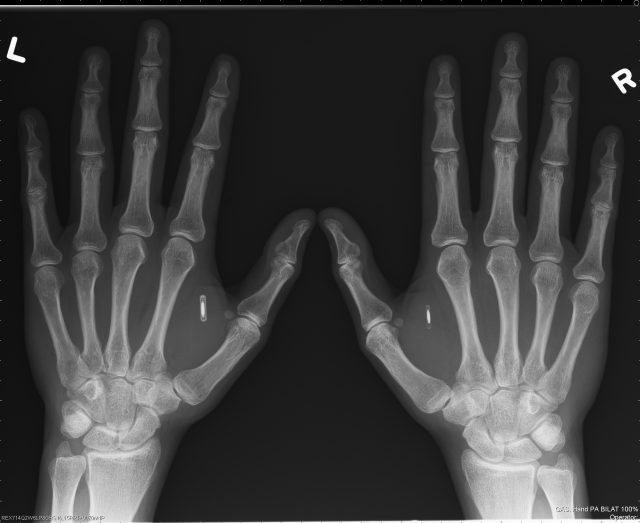According to Arstechnica, cheating in video games has reached a new level. Hackers have developed a special device that helps the player accurately aim at the enemy. In fact, it is a hardware analogue of Aim Bot. The developers claim that this cheat is undetectable by any protection because it does not violate the integrity of the game files, which is typical for software cheats. The device can be used with both PCs and consoles.

For obvious reasons, Arstechnica did not mention the device’s real name, formally labelling it CVCheat, nor did they provide links to where it could be purchased. However, the hackers themselves were eager to share with the portal how it works. Actually, CVCheat is an advanced video capture card that connects to a PC or console via HDMI and monitors the frames sent by the GPU to the screen. Using built-in artificial intelligence and computer vision algorithms, CVCheat detects the location of enemies in the central area of the screen where the player is looking.
Next comes the algorithm, which calculates exactly how far and in which direction the mouse should be moved for the enemy to be in the crosshair. CVCheat can detect the enemy as a whole and its body parts, allowing, for example, to efficiently distribute headshots. The data collected by the capture card is sent to a dedicated pass-through device, such as Titan Two or Cronus Zen, which is used to emulate a mouse or gamepad movement to bring the aim to the target and fire a shot.
Individually, all the devices used to operate CVCheat are perfectly legal. For example, the same Titan Two or Cronus Zen cards are used to enable the use of computer mice and keyboards with game consoles and create game macros. However, all together they create an effective cheat that requires no modifications to the game files, so no anti-cheat can detect it.
CVCHeat has flexible settings, allowing you to determine the size of the reticle area, the speed of the aim, the body parts to be shot at, and so on. The current version of CVCheat operates on the Triggerbot principle, i.e. it allows for accurate shots to be fired at an enemy who has hit the reticle area. In addition, it has a recoil control function after each shot.
A more advanced version is already in development, which will offer fully automated aiming and shooting processes, and will be able to work with any PC game as well as Xbox and PlayStation game consoles. The Pro version of CVCheat has been priced at $50 by hackers. According to its developers, it works effectively in games displayed at up to 240 frames per second. And it only takes 10ms for it to detect an enemy on the screen and make a shot. Game developers have already sounded the alarm. For example, publisher Activision is blocking any advertisements on YouTube that use CVCheat in their online shooter Call of Duty: Warzone, because people have already appeared in the game using it. According to the hackers themselves, around 200 people are already using their development.
Source: arstechnica.com



/cdn.vox-cdn.com/uploads/chorus_asset/file/22339281/microsoftmesh.gif)






 It is estimated by analytics that within the next decade nearly 85 % of communication with customers will be implemented only via digital channels. Mobile applications, web-portals, and chatbots will become even faster and more convenient, but the companies might have a difficult time building bridges with the clients in such a competitive environment.
It is estimated by analytics that within the next decade nearly 85 % of communication with customers will be implemented only via digital channels. Mobile applications, web-portals, and chatbots will become even faster and more convenient, but the companies might have a difficult time building bridges with the clients in such a competitive environment.



